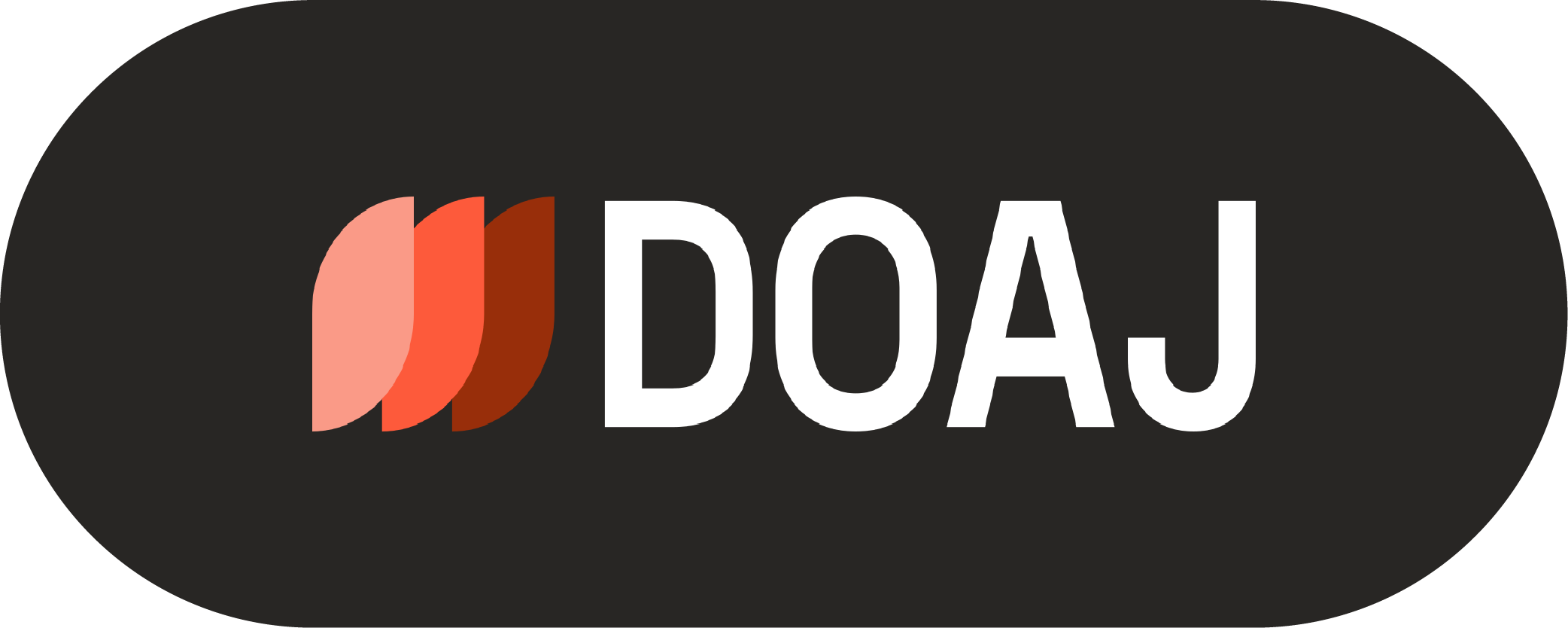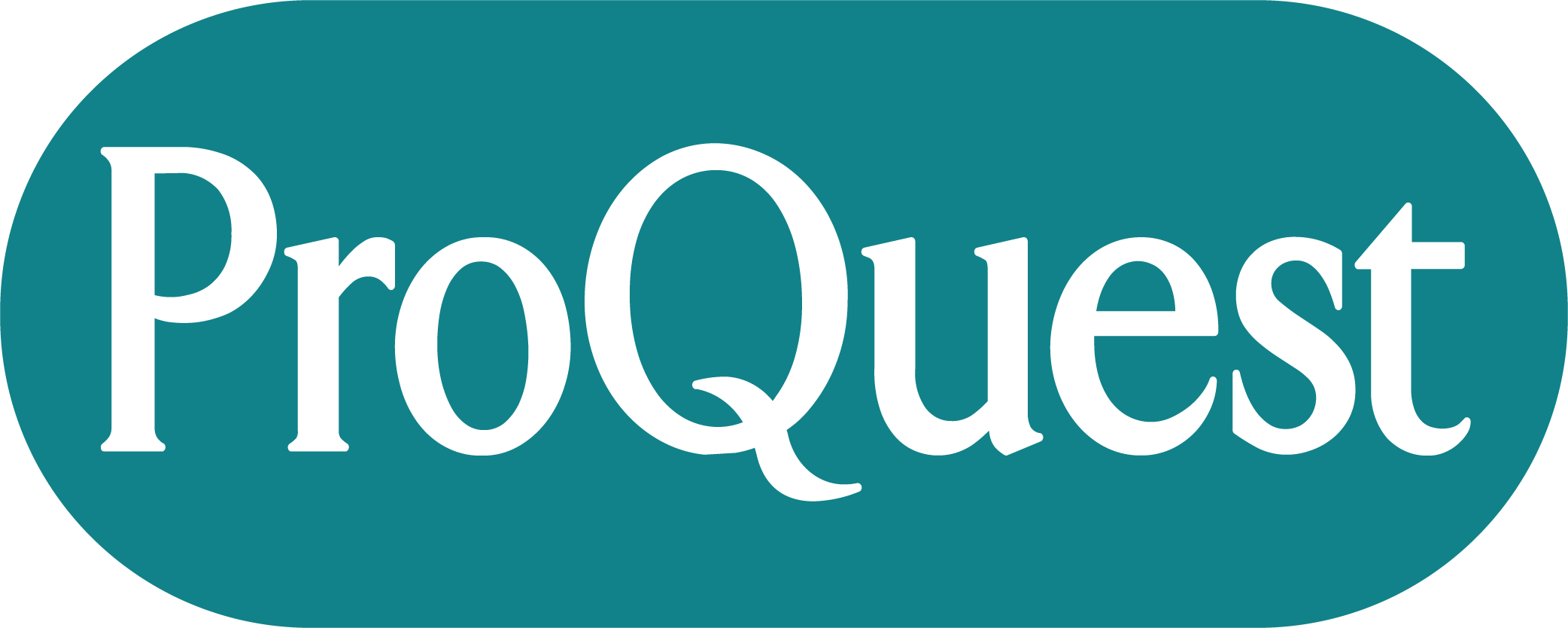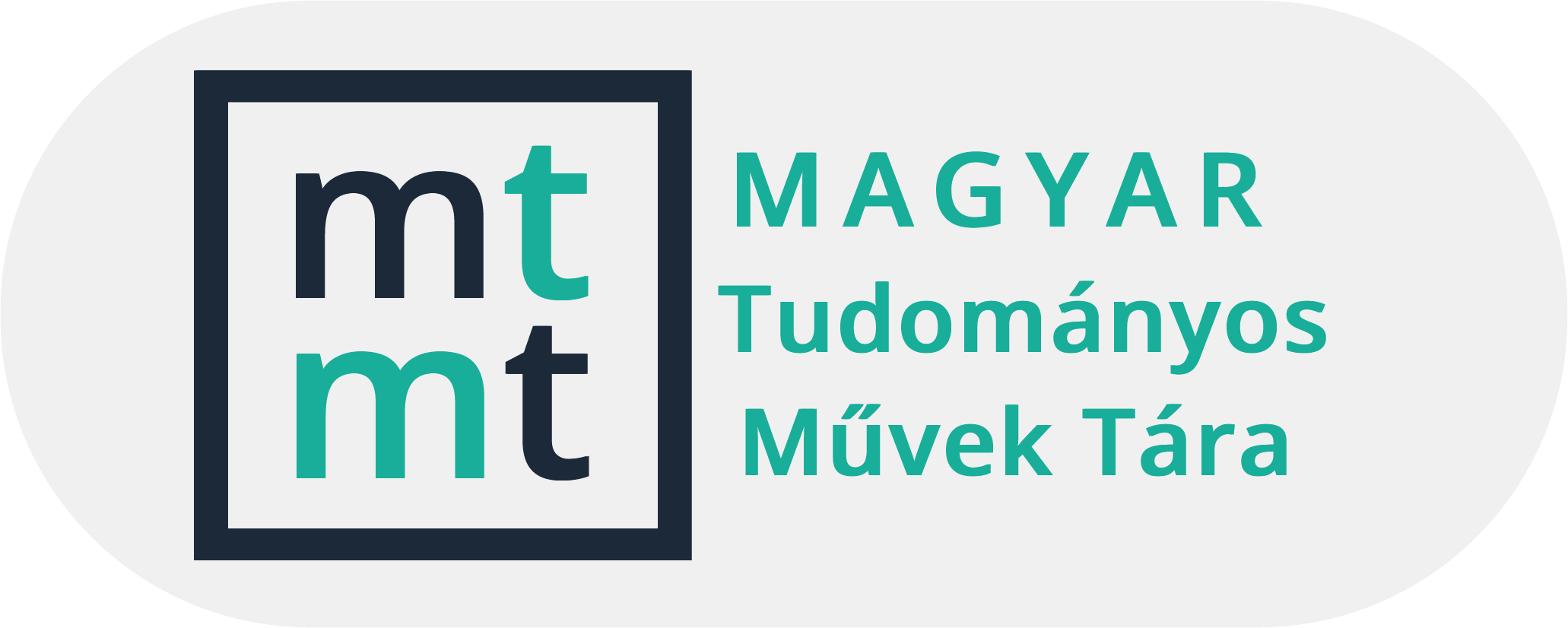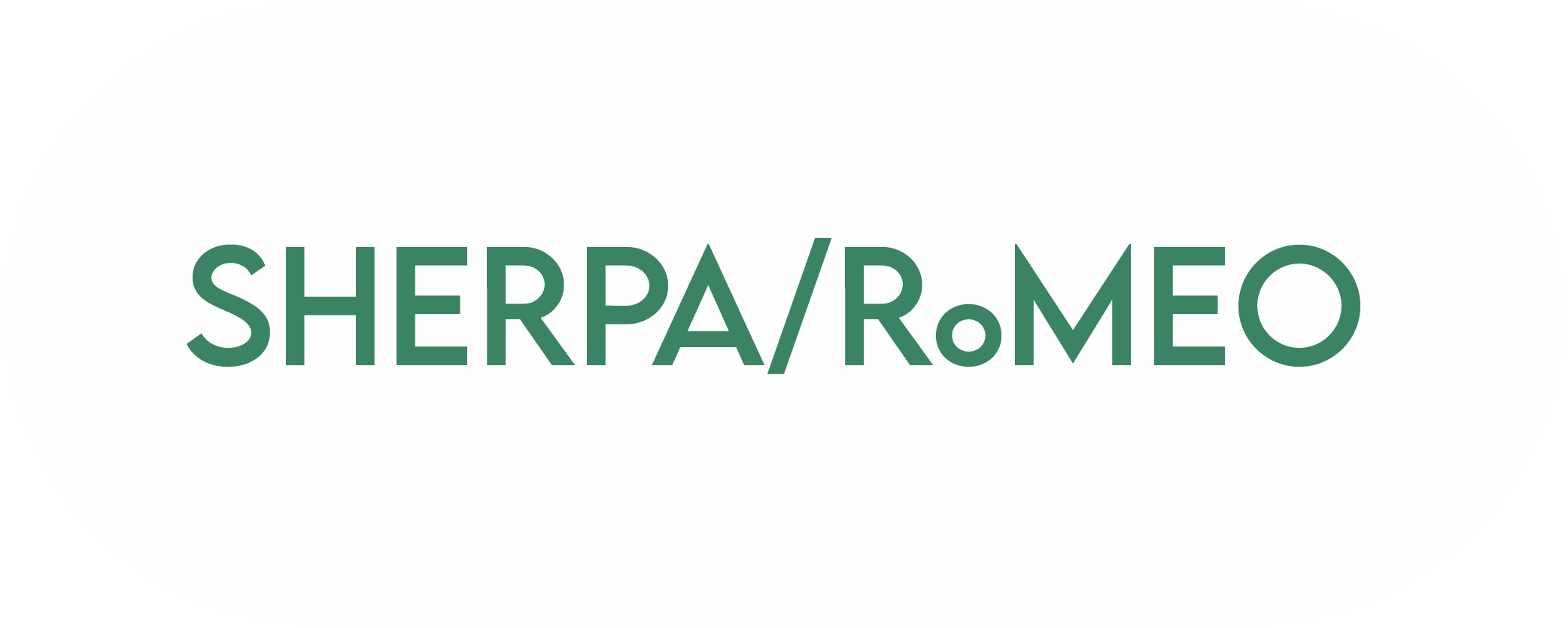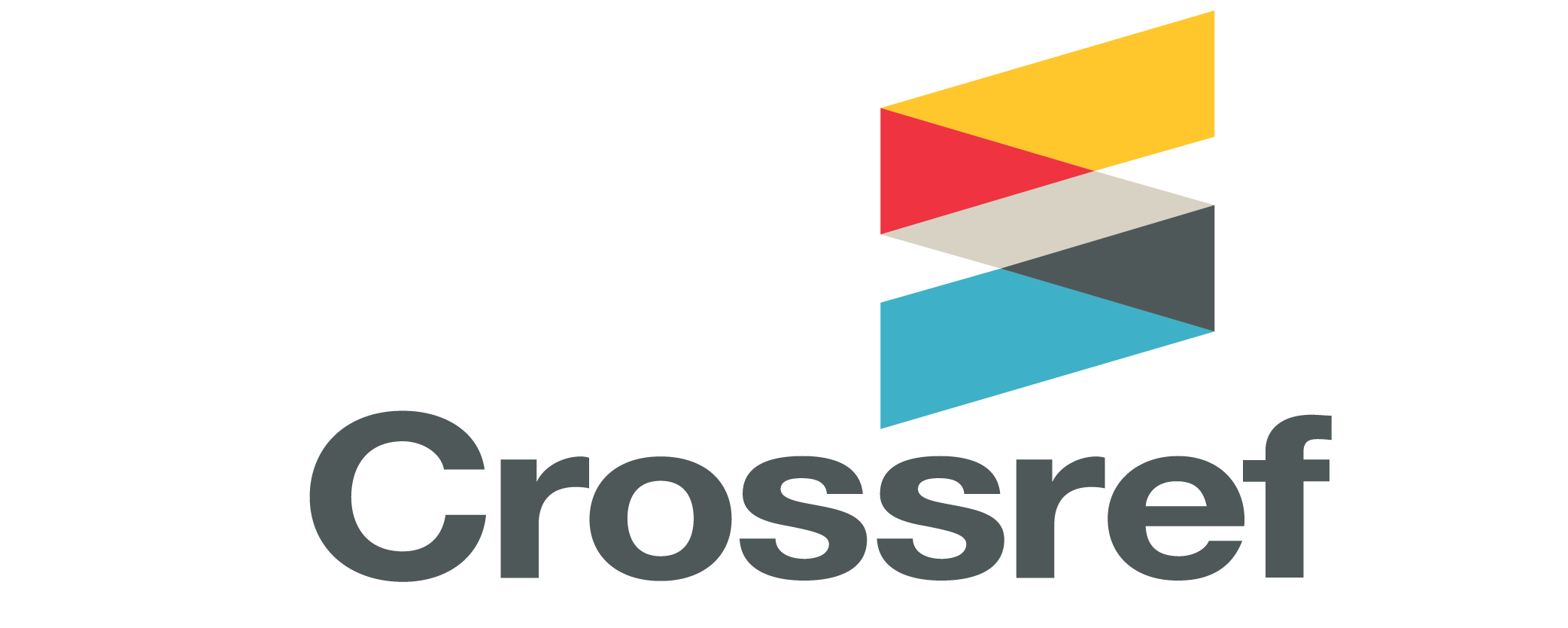Search
Search Results
-
The Project Method and investigation in school mathematics
241-255Views:142The Project Method (PM) is becoming more common in the teaching of mathematics. Most of the time, Project Method means solving open and relatively wide formulated problems for the application of particular mathematical topics and the solving of everyday life problems.
At present many experts in the theory of teaching mathematics advocate teaching activities as the characteristic for most mathematical work in the classroom. Thus, there is a question: whether it is possible or eventual desirable to use the PM for solving genuine mathematical problems. This paper deals with this question and discusses the connection between the PM and investigation of new mathematical knowledge for students. Our experience has shown that the PM in connection with investigations can be a useful and effective approach to teaching mathematics. -
Capturing how students' abilities and teaching experiences affect teachers' beliefs about mathematics teaching and learning
195-212Views:220We developed an instrument to investigate the effect of students' abilities and teaching experiences on teachers' beliefs about teaching and learning of mathematics. In this pilot study, we used the instrument to measure the beliefs of 43 Indonesian math teachers and five additional teachers. Then, for further investigation, we interviewed those five additional teachers. Results from the 43 teachers' responses to the instrument show that in contrast to teachers with less than five years of teaching, teachers with more than five years elicit significantly different beliefs about mathematics teaching and learning in different contexts related to students' abilities. Teachers' reports in the further investigation indicate that teaching experiences with high and low ability students in teaching mathematics could be a possible explanation of this contrast.
Subject Classification: C20
-
Comparative survey on pupils' beliefs of mathematics teaching in Finland and Ukraine
13-33Views:78The focus of this comparative survey was the following research question: What are the differences and similarities in pupils' beliefs in mathematics between Finland and Ukraine? Data were gathered with the help of a questionnaire. The questionnaire consists of 32 structured statements about mathematics teaching for which the pupils were asked to rate their beliefs on a 5-step scale. The Finnish sample comprised 255 pupils, and the Ukrainian sample 200 pupils. Our data has been gathered with a non-probabilistic convenience sampling.
The main results of our survey are, as follows: Generally, pupils' beliefs of mathematics teaching and learning in Finland and Ukraine are rather far from similar. An investigation of the differences between pupils' answers across the two countries also showed beliefs that are characteristic for each country. For pupils in Finland, the characteristic beliefs seem to be, as follows: the value of strict discipline, working in small groups, and the idea that all understand. For pupils in Ukraine, the most characteristic might be the following beliefs: the use of learning games, the emphases of mathematical concepts, and teachers' explanations. -
Using the computer to visualise graph-oriented problems
15-32Views:114The computer, if used more effectively, could bring advances that would improve mathematical education dramatically, not least with its ability to calculate quickly and display moving graphics. There is a gap between research results of the enthusiastic innovators in the field of information technology and the current weak integration of the use of computers into mathematics teaching.
This paper examines what exactly the real potentials of using some mathematics computer software are to support mathematics teaching and learning in graph-oriented problems, more specifically we try to estimate the value added impact of computer use in the mathematics learning process.
While electronic computation has been used by mathematicians for five decades, it has been in the hands of teachers and learners for at most three decades but the real breakthrough of decentralised and personalised micro-computer-based computing has been widely available for less than two decades. And it is the latter facility that has brought the greatest promise for computers in mathematics education. That computational aids overall do a better job of holding students' mathematical interest and challenging them to use their intellectual power to mathematical achievement than do traditional static media is unquestionable. The real question needing investigation concerns the circumstances where each is appropriate.
A case study enabled a specification of advantages and obstacles of using computers in graph-oriented questions. Individual students' interviews revealed two less able students' reactions, difficulties and misinterpretations while using computers in mathematics learning.
Among research outcomes is that the mathematical achievement of the two students observed improved and this makes teaching with computers an overriding priority for each defined teaching method.
This paper may not have been realised without the valuable help of the Hungarian Eötvös State Grant. -
Hyperbolische 5-Rechtecke
111-123Views:86The main topic of this paper is the investigation of 5-pentagons whose interior angles are all right angles within the hyperbolic geometry (so-called 5-rectangles). Some knowledge of elementary hyperbolic geometry is required.
At first the existence of such a polygon is shown by construction within the Kleinmodel. Then two formulas due to D. M. Y. Sommerville [3] are proved. This means to juggle with trigonometric formulas of hyperbolic geometry.
In the last years a big number of papers concerning hyperbolic geometry was published. This proves that the interest in this nice discipline is growing again. -
Comparing various functions of the divisors of an integer in different residue classes
247-258Views:138The main goal of this paper is to investigate some problems related to the distribution of the divisors of a number in different residue classes. We study these questions modulo 3, and use mostly just elementary number theory. In some special cases, we demonstrate how this problem is related to other fields of maths, especially to combinatorics. Since the author is also a secondary school teacher, we use elementary methods that can be discussed in secondary school, mainly within the framework of group study sessions or in special maths classes. We do think that the investigation of these types of questions can motivate children to find their own way to create their own questions, and to get a deeper insight into problem solving by these experimentations. -
The unity of mathematics: a casebook comprising practical geometry number theory and linear algebra
1-34Views:77We give a sustained example, drawn largely from earlier publications, of how we may freely pursue a line of mathematical enquiry if we are not constrained, unnaturally, to confine ourselves to a single mathematical subdiscipline; and we draw conclusions from the study of this example which are relevant at many levels of mathematical instruction.
We also include the statement and proof of a new result (Theorem 4.1) in linear algebra which is obviously fundamental to the geometrical investigation which constitutes the leit-motif of the paper. -
The investigation of students' skills in the process of function concept creation
249-266Views:133Function is a basic concept of mathematics, in particular, mathematical analysis. After an analysis of the function concept development process, I propose a model of rule following and rule recognition skills development that combines features of the van Hiele levels and the levels of language about function [11]. Using this model I investigate students' rule following and rule recognition skills from the viewpoint of the preparation for the function concept of sixth grade students (12-13 years old) in the Ukrainian and Hungarian education system. -
Answers offered by computer algebra systems to equations from school textbooks
125-138Views:176This paper is an attempt to develop a strategy and methods for investigating and comparing the answers offered by computer algebra systems and the school answers. After primary (pilot) investigation of how well 8 computer algebra systems handle equations from school textbooks, it is possible to conclude that the systems are mostly reliable and give reasonable answers. Some remarks regarding a somewhat unexpected answer obtained can be easily explained by built-in standards and notions, which can differ from school assumptions. In other cases the differences from school could be corrected by certain commands.
